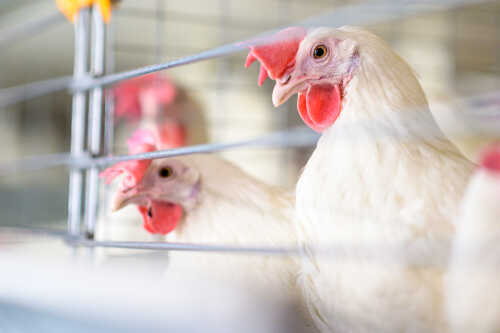(PatrioticPost.com)- H5N1, which is the virus that ultimately causes the bird flu, has been raging over the past year, and scientists believe it’s about to get even worse.
Birds are about to finish their migrations for the spring throughout the northern hemisphere over the next few weeks, which could bring the flu with them to new sections of the world where it hasn’t been in a while.
As birds migrate across Europe, Asia and North America, they bring the bird flu with them, which increases the risk for infections to spread. The risk is primarily to other animals, particularly other birds such as turkeys, ducks and domestic chickens. An increasing number of mammals have also caught bird flu in recent years, including pigs, minks, sea lions, bears and foxes.
While the risk to humans isn’t as high as other viruses, the bird flu has infected humans. During the outbreak this season – defined as 2022-2023 – the outbreak has killed one human, which happened last year in China. An additional five people, at least, have been infected with bird flu but were able to survive.
As the spring comes and weather warms up mre, epidemiologists are worried that more humans will contact with potentially infected animals. That could result in people spreading bird flu from themselves to other people, which has the potential to result in an epidemic or pandemic all on its own.
Authorities around the world aren’t sure the best route to prevent it, either. One strategy would be to immediately vaccinate domestic turkeys, ducks, geese and chickens on a mass basis, but there are a lot of logistical obstacles to doing so.
During the migration season in 2022, bird flu spread at rapid rates. Now, 54 countries so far have detected the virus in either wild birds or mammal species.
In the United States, 47 states have detected bird flu in animals, the U.S. Centers for Disease Control and Prevention has reported. According to the CDC, nearly 40 million domestic and wild birds have been affected in America by H5N1.
Last year, the poultry industry in the U.S. culled at least 50 million turkeys, ducks, geese and chickens to try to slow the spread of the virus. That, of course, has resulted in a shortage of those animals, which can be seen in the extreme rise in price of, say, chicken eggs at the grocery store.
To this point, the bird flu hasn’t gone from one person to another, but there’s always a chance that the virus could evolve and “obtain” the ability to do so.
Tony Moody, who works at the Duke Human Vaccine Institute as a professor of immunology, told media outlets recently:
“Some farmers and zoo workers may be at risk, but those interaction events are going to be limited.”
The virus could mutate with each additional infection, though, so what isn’t an issue or concern right now could quickly become one as more and more animals (and humans) are infected.














